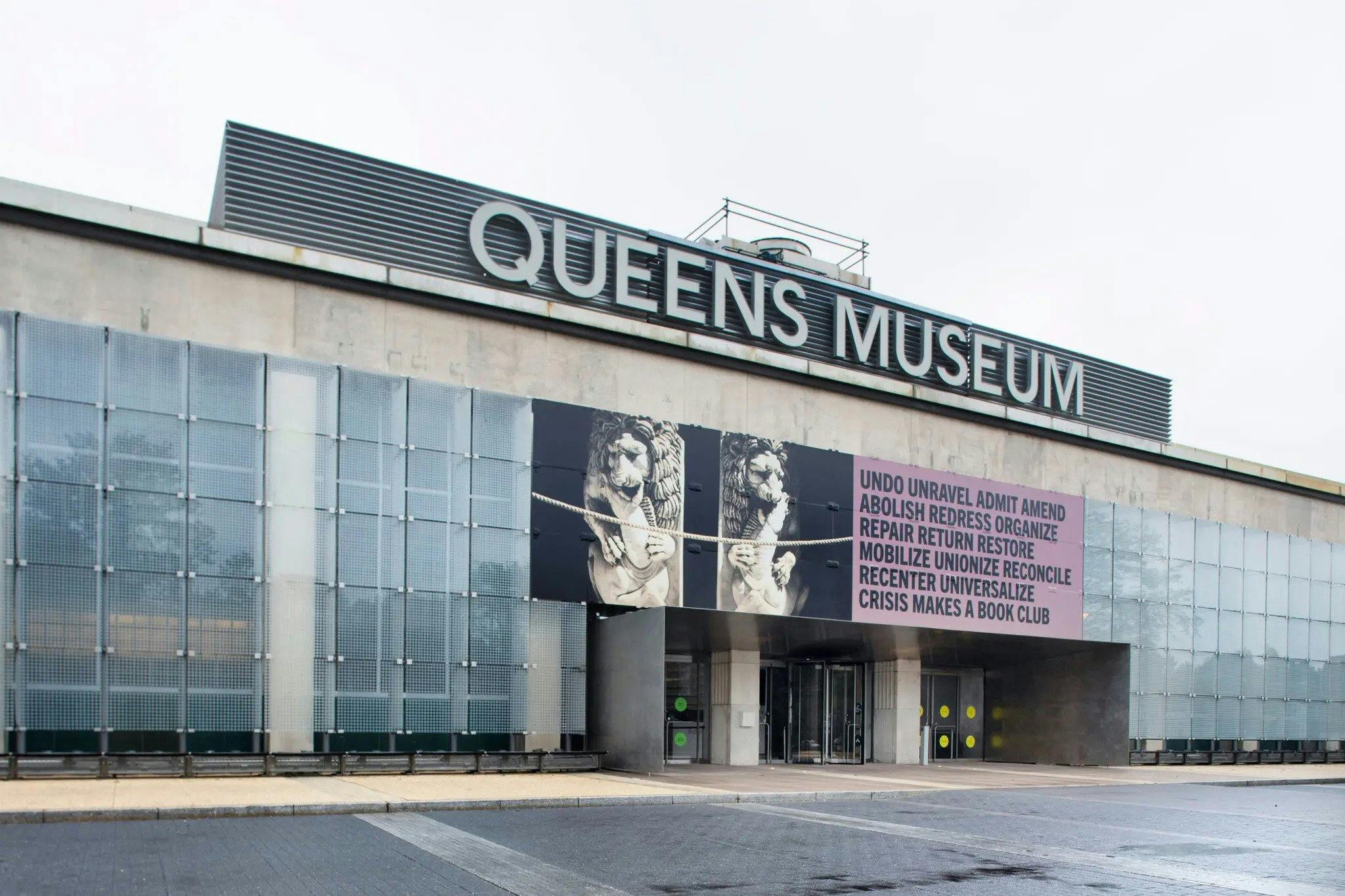Last week! Nectar by Xaviera Simmons

We are now in the final week of our ongoing exhibition Nectar by Xaviera Simmons. Xaviera talks about her experience creating work based on the unique archive image belonging to the 130-year-old magazine AFRO American, a magazine created from a black perspective:
"Making images is a form of liberation. It took me a while to actually see the AFRO images and they are now lodged inside my body. I recognize gestures, I recognize people at the interior of these images like my family and my friends. In the gesture, in the fact of holding the archive in my hands, I would not say that I recognize an identity, but I recognize something familiar. I love this idea of a collection that has been loved and held for so long that it becomes spiritually familiar."
The exhibition Nectar consists of photography and video that contextualizes a historical and contemporary engagement with systems, ideas, people, and architecture that subvert American empire-building as a seemingly never-ending process of expansion. According to the artist, the historical material from the newspaper AFRO offers life-sustaining nuances and glimpses of possible ways forward. Click here for an interview with Xaviera.
Xaviera Simmons is currently having a solo exhibition at the Queens museum in New York. Many of the questions that the exhibition Nectar carries are recognized in the exhibition Crisis Makes a Book Club where Xaviera Simmons challenges individuals and museums to show their commitment to justice.
Simmons' exhibit plants the seeds of political awareness among museumgoers. Among other things, the artist chooses to distribute 4,000 copies of, among others, the following books: "The End of Policing" by Alex Vitale, the Spanish-language edition of Howard Zinn's "A People's History of the United States" and titles by Angela Davis, Roxanne Dunbar-Ortiz and Audre Lorde to visitors and residents of the area. Simmons insists that her work should not be seen as a substitute for "the important work that museums, trustees, and both individual and government entities must do to radically transform philanthropic, labor, and civic systems."
For many museums, the idea of promoting social justice and combating inequality takes the form of a program characterized by diversity to bring more people into the museums and art galleries. In the United States, it may be about showing more works by African-American artists first and foremost. Certainly it is good for the audience, who gets to meet a range of different voices and stories and lived experiences. However, the problem arises, according to Simmons, when that's all museums think is required of them. You can't curate yourself out of racism - or read your way out of it without combining this with real action. In the exhibition in Queens, a room with black walls bears the work "Align" (2022), which consists of hand-painted white letters here is some of the sentences:
In orderto unravel our own power here
we present our guide to undoing ourselves
undoing our whiteness and patriarchy with
a focus on land back in action material
reparations and other strategies to make repairs.
